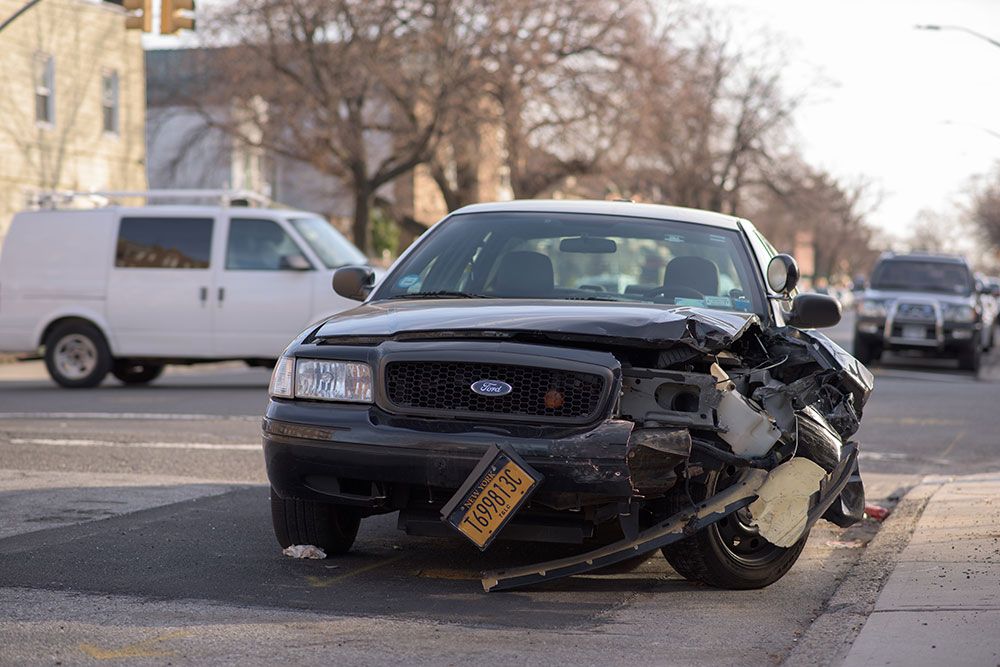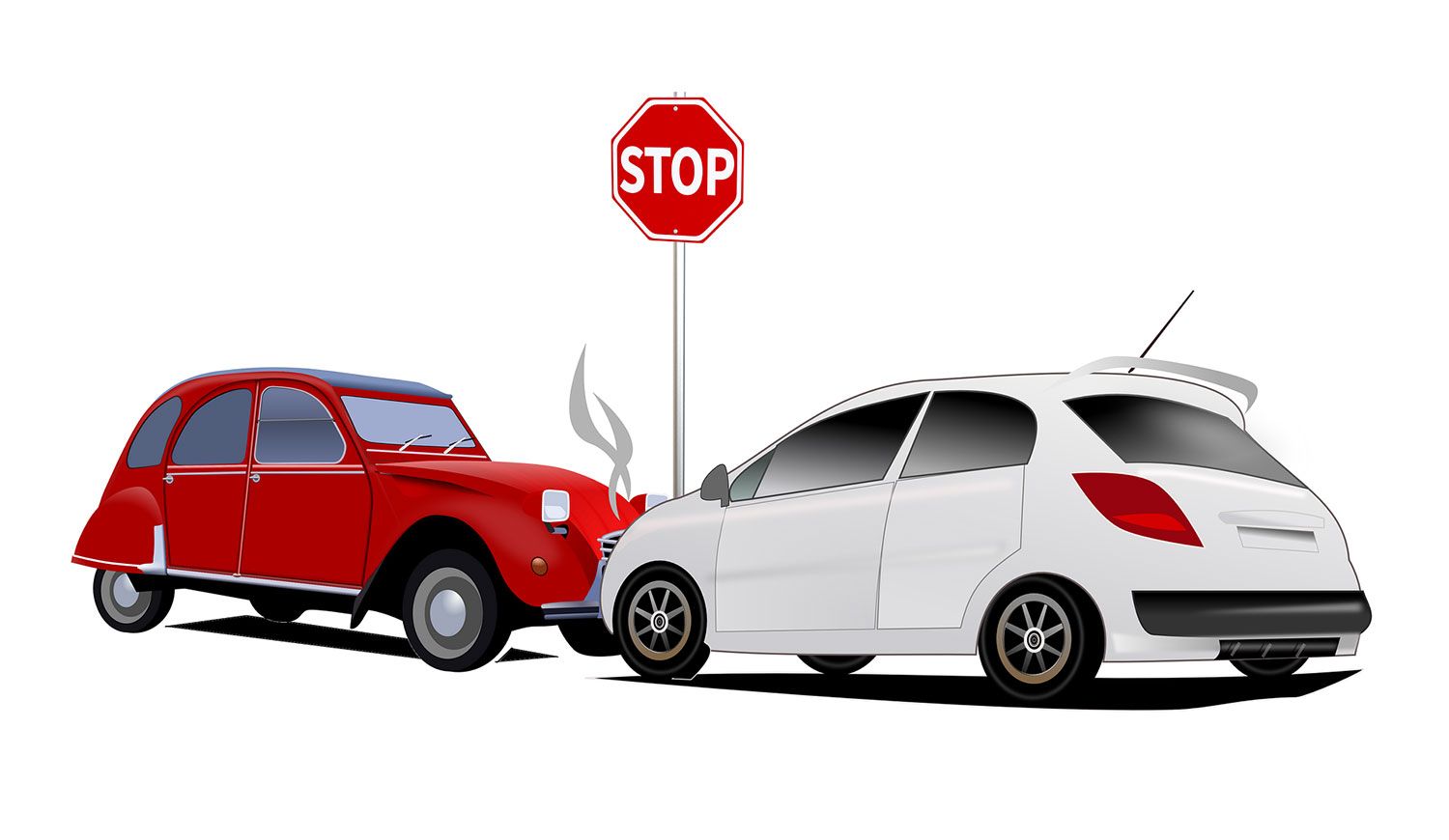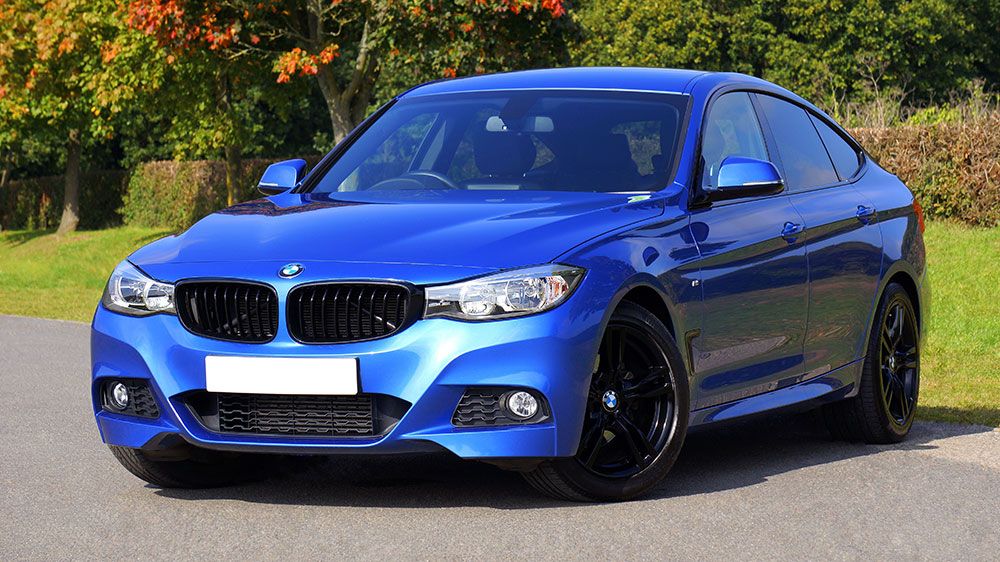Auto Insurance Guide: 10 Types of Car Insurance

Having the right type of car insurance can protect you, your vehicle, and your financial health in the event you’re involved in a car accident. Your car insurance can help cover costs associated with car repairs or replacement, plus medical expenses for you or others.
While the range of insurance options sometimes can feel overwhelming, understanding the purpose of each specific type of coverage can go a long way toward helping you choose the right type of auto insurance coverage.
If you’re shopping for a car insurance policy, there’s a lot to keep in mind and several questions you should ask any agent you’re potentially working with. One of the most important things to understand is the various types of car insurance coverage, what they entail, and how they work.
If you don’t already have a car insurance policy, you should do some research and take steps to get one in place as soon as you possibly can.
Use Savvy’s free tool to find cheaper car insurance and save $1,500+ per year!
What Is a Car Insurance Policy?
A car insurance policy is designed to protect you from financial damage in the event that you’re in a car accident. A good car insurance policy not only will cover damages to your own vehicle, but also will help protect you financially if your own error caused car damage or injury for any other drivers involved in the accident. Car insurance can help address medical bills if you or someone else is injured or if you are involved in an accident with an uninsured or underinsured driver.
10 Types of Car Insurance

When it comes to buying car insurance, you can choose from several different types, which we’ve outlined below.
1. Liability Coverage
Liability coverage is designed to cover the other driver’s vehicle repairs and injuries if you cause an accident. It does not cover your own car or medical bills. It is the bare minimum type of insurance you can buy. Liability insurance is required for all drivers in every state except New Hampshire. This helps to ensure that drivers can handle the financial responsibility of operating a motor vehicle. Liability insurance can cover costs associated with medical bills and lawsuits if passengers and/or other drivers are injured and you are at fault.
Most liability insurance policies cover bodily injury and property damage. Bodily injury coverage will pay for medical expenses if other drivers or passengers are injured in an accident you cause. Property damage liability coverage will pay for repairs and/or replacements of someone else’s vehicle or property in the event that you cause an accident in which their property is damaged.
It’s important to understand how liability coverage is calculated. You will see liability insurance options expressed in sets of three. For example, you might see options ranging from 50/100/50 up to 250/500/250 in typical policies. For the 50/100/50 version, that means coverage allows $50,000 for injury-related expenses for each person you injure in a crash, $100,000 total for all injury-related expenses you cause in a crash, and $50,000 for property damage you cause in a crash, including to cars, buildings and objects like mailboxes.
Pro tip: Make sure that the middle number, which usually is the highest, is equal to or greater than the value of your home and savings combined.
2. Collision Coverage

Collision insurance protects you against costs associated with repairing your vehicle if it overturns or if it collides with another vehicle. Collision coverage also can protect against collisions with other objects, such as trees, guardrails, and fences.
Pro tip: If your vehicle was totaled in an accident, you can sell your junk car for cash.
3. Gap Insurance
If you have a car loan or you lease your vehicle, gap insurance can pay the difference between what you owe on your vehicle and what it’s worth at the time of an auto accident. Also known as loan payoff or lease payoff insurance, this type of coverage usually has a limit of up to 25% of the car’s actual cash value.
It’s important to remember that car values depreciate very quickly, so it’s not uncommon to owe more than the car is worth at the time of an accident. If your mortgage and your car insurance premiums are your largest monthly expenses, then protecting yourself with both mortgage insurance and gap insurance can be highly beneficial.
4. Comprehensive Coverage
Comprehensive car insurance coverage helps protect you against damage to your vehicle caused by forces beyond your control. This can include anything from theft, windshield and glass damage, and vandalism, to falling trees, hitting an animal, and more.
Think of it as an extra level of protection beyond the basic liability and collision coverage offered in most policies. This type of coverage may also handle expenses associated with the towing of your vehicle after an accident.
5. Custom Parts and Equipment Value
Custom Parts and Equipment Value auto insurance makes it possible for you to repair or replace accessories that you have added to your car after purchase. This includes items such as stereos, navigation systems, and custom wheels. In some cases, this type of coverage may include even a custom paint job. This type of car insurance coverage typically has a limit of $5,000.
6. Underinsured Motorist Insurance / Uninsured Motorist Insurance
If you are involved in an accident with another driver who either has no insurance coverage or who doesn’t have sufficient insurance coverage, underinsured/uninsured motorist insurance helps make sure you can cover repairs or replacement costs for your vehicle. This type of coverage generally comes in four distinct types:
- Underinsured motorist bodily injury coverage will cover you and any passengers in your vehicle if you are injured in an accident caused by another driver whose insurance limits will not cover the entirety of your medical expenses.
- Uninsured motorist bodily injury coverage will pick up your medical expenses if you or any passengers are injured in an accident caused by a driver who has no insurance at all.
- Underinsured motorist property damage coverage will pay to repair or replace your vehicle if it’s damaged in an accident caused by a driver with insufficient insurance to cover the full costs.
- Uninsured motorist property damage will cover costs associated with repairing your vehicle if you’re involved in an accident caused by a driver with no insurance.
Underinsured and uninsured policies can also be helpful if you’re a victim of a hit-and-run accident.
7. Rental Car Insurance

With rental car insurance, you don’t have to worry while you’re traveling and renting transportation. Depending on the type of policy, it also pays for you to rent another vehicle while yours is undergoing repairs. These policies typically allow for a rental that falls between $40-60 per day. If your car suffered extensive damages that will take a long time to fix, this can keep you from shelling out up to thousands of dollars in rental car fees.
8. Roadside Assistance Coverage
Roadside assistance coverage can be a lifesaver if your car breaks down or you’re in an accident. With roadside assistance, your insurance will cover having your car towed to the nearest repair facility. Sometimes, you can even have your car towed to the mechanic of your choice as long as it falls within a certain radius of where your car is located.
Roadside assistance also can usually help you out with a flat tire, if you run out of gas, and if you lock yourself out of your vehicle.
9. Personal Injury/Medical Payments Protection
Medical costs associated with a car accident can be very expensive. Medical payments or personal injury coverage can help with both medical costs and loss of income associated with a car accident, and can cover as much as 80% of expenses. But keep in mind that personal injury protection coverage is only offered in the states that require all drivers to have it.
This type of coverage addresses costs associated with medical treatment if you or any of your passengers are injured in a car accident, no matter who is at fault. In some cases, this type of coverage also may supplement any existing life insurance policies to help cover funeral expenses if you or any passengers are killed in an auto accident.
If you have medical payments protection coverage, you won’t need personal injury coverage and vice versa. In states that require personal injury coverage, all drivers involved in an accident make a separate claim with their own insurance company. For this reason, these states are considered “no-fault” states when it comes to auto accidents.
How Much Does Car Insurance Cost?
What you’ll pay for your car insurance depends on several different factors. An insurance company will consider your driving history, the make and model of your car, your geographic location, and the type and limits of coverage you select when determining your rate.
Generally speaking, the better driver you are, the less you will pay for your car insurance. So if your driving record is clear of accidents, tickets, etc., the lower your insurance premiums are likely to be. Especially if you have an at-fault accident on your record, you can expect to pay substantially higher premiums.
Since states have different requirements for minimum insurance coverage, where you live can have a major effect on your insurance premiums. For example, if you live in Iowa, your premiums for minimum coverage will be much lower than if you live in Louisiana. In addition, different insurance companies may have widely differing rates – as you’re collecting quotes, you should seek input from large, national companies, along with smaller, regional companies that may be able to offer lower rates for the same coverage.
Your age and driving experience will be a factor in how much you pay for your car insurance coverage. Younger, more inexperienced drivers are likely to pay higher premiums since their inexperience naturally lends itself to a higher incidence of traffic tickets and accidents. Generally, drivers ages 16-25 are considered some of the highest risk drivers to insure, which translates to higher costs for coverage. As a general rule, men pay higher insurance premiums than women.
Your choice of vehicle will also affect your insurance premiums. For example, sports cars are some of the most expensive vehicles to insure – they have higher top speeds and people tend to drive them faster since speed often is part of their appeal. In addition, luxury car models and electric vehicles may have high premiums because their replacement parts are expensive. Specific car models that are stolen often also may carry high premiums.
There are additional considerations, such as discounts you may be eligible for and whether you own your home and can bundle your homeowners insurance and your auto insurance, that may influence your car insurance premiums.
Each quote should include the same level of liability and uninsured/underinsured motorist protection:
- the same deductible
- the same driver(s)
- any qualifying discounts
When you’re comparing quotes, make sure that each insurance company is providing comparable information.
What Type of Car Insurance Do I Need?
The most important first step in answering this question is to determine the car insurance limits that are required in your state. Every U.S. state except New Hampshire requires drivers to have car insurance, but the specifications in terms of limits vary widely.
Driving without insurance can leave you vulnerable to having your license suspended, paying a hefty fine, or even going to jail. In most cases, any reputable insurance provider you work with will be up-to-speed on insurance requirements for your state and can help you ensure that you have the minimum required coverage.